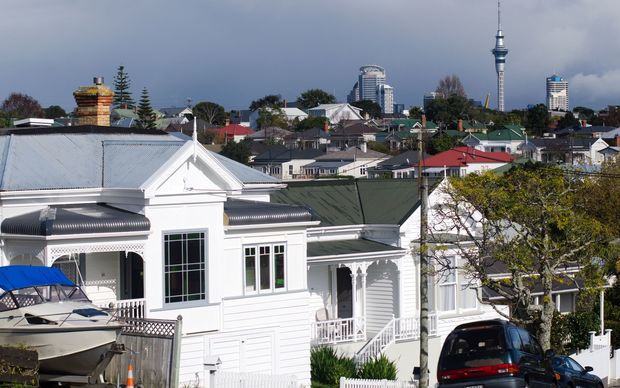PHOTO: FILE
In Victoria, a clash between the needs of nature and humans is intensifying, as the rediscovery of a small creature long thought extinct delays the construction of over 300,000 homes. The Victorian grassland earless dragon, found again in June 2023, has caused potential housing developments between Sunbury and Geelong to face increased costs or even cancellation.
Developers report escalating costs, including property taxes, leading to higher prices amid delays involving both state and federal governments.
Mark Whinfield of Newland Developers, overseeing a site in Northern Geelong, stated the project has already incurred $1 million in costs, which will be passed on to homebuyers. “This has delayed the project by two years. We don’t see construction starting until 2028,” he told the Herald Sun. “It’s a long journey.”
Garry Peterson, Zoos Victoria’s general manager of threatened species, argues that landholders were already subject to conservation plans before the dragon’s rediscovery. “They were certainly earmarking conserving some of that for certain environmental assets that are on the site before the lizard was rediscovered,” he told the ABC. “We’re working with them on how we can best conserve the entire site for the lizard while ensuring they are remunerated accordingly.”

A battle between the needs of nature and the needs of humans is heating up in Victoria, with a rediscovered lizard (pictured) long thought to be extinct delaying the building of more than 300,000 homes
A letter to the Property Council of Australia from a spokesperson for federal Environment Minister Tanya Plibersek stated that a decision on the matter was “being finalised.” The Victorian grassland earless dragons are a matter of national significance, so “any action that has, will have, or is likely to have a significant impact on the species must be referred to the Australian government and undergo an environmental assessment and approval process,” the spokesperson said.
The Property Council Australia’s Victorian head, Cath Evans, expressed dissatisfaction with the four-month-late response, stating it “failed to provide any certainty” for developers. “In the middle of a housing supply crisis, Victoria cannot afford to have tens of thousands of potential new homes caught up in green tape,” she said, urging both state and federal Labor governments to expedite decision-making. “While the industry supports the protection of vulnerable species like the Victorian grassland earless dragon, a better balance is required,” she added.
The rediscovery of the lizard, last seen in 1969, has put additional pressure on the Victorian state government under Premier Jacinta Allen, which has pledged to build 800,000 homes over the next decade. However, recent data from the Australian Bureau of Statistics shows declines in both building approvals and completions.
Zoos Victoria is training a team of sniffer dogs to detect the dragons, and two dogs, Daisy and Kip, have already found some. Because the creatures are still being discovered, Peterson and Zoos Victoria advocate for the site to remain untouched. “Ideally, the continuation of the grazing regime is really important to maintain the structure of that grassland on that site — that’s what’s allowed the species to persist,” he said.
However, the hundreds of thousands of people hoping to secure a home might have a different perspective.
SOURCE: THE DAILY MAIL











